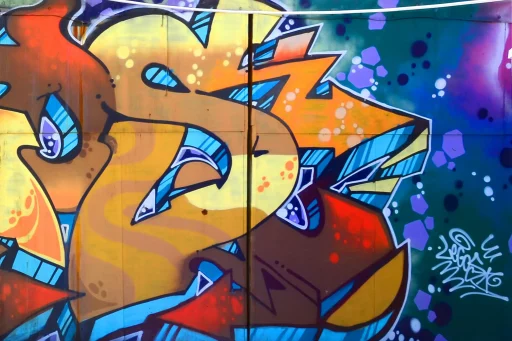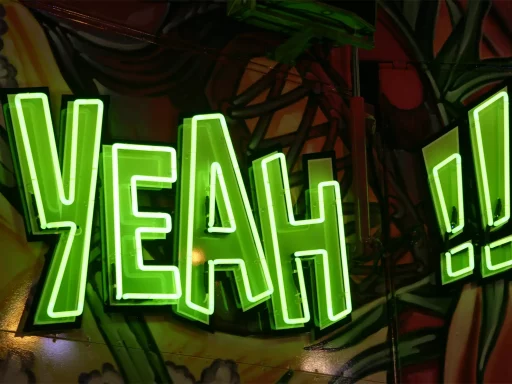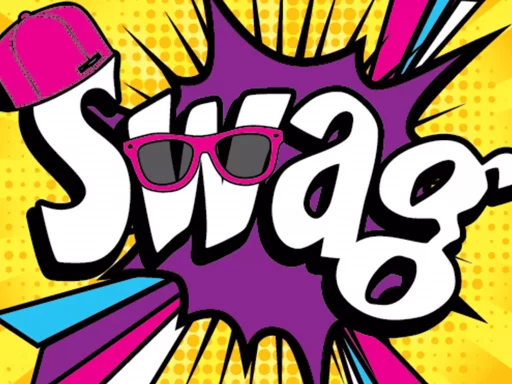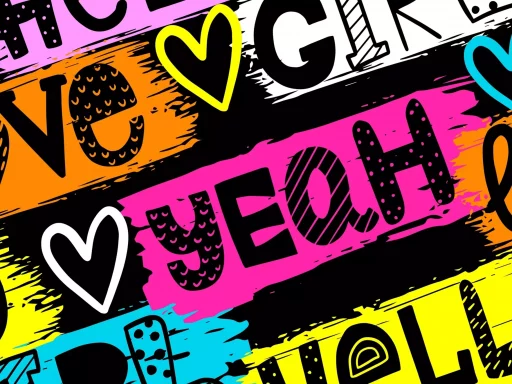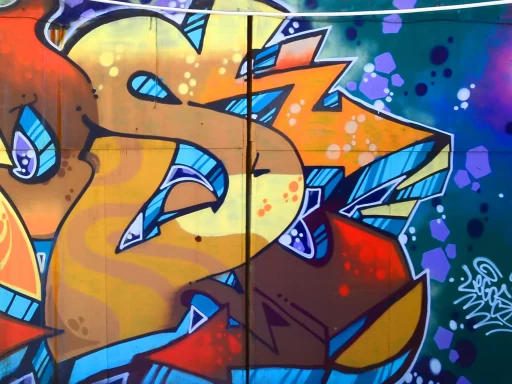Introduction
Slang has long been an integral part of language, evolving over time and often reflecting the cultural identity of its speakers. While contemporary slang garners the spotlight today, old slang holds a unique charm and insight into past societies. This article explores old slang, providing examples, engaging content, and fascinating insights into its impact on modern communication.
The Nature of Slang
Slang refers to informal language that often evolves to express particular sentiments or social identities. Old slang, in particular, showcases the creativity and resourcefulness of language use. It can be tied to specific regions, professions, or social groups, lending historical context to how people communicated in earlier eras.
Examples of Old Slang
Here are some fascinating examples of old slang words and phrases that have either fallen out of use or transformed over the years:
- Bee’s Knees: Meaning something that is outstanding or excellent. This term became popular during the 1920s.
- Cat’s Pajamas: Similar to the bee’s knees, it was used to describe something or someone considered the best.
- Hot diggity: An expression of excitement or enthusiasm that peaked in the 1940s.
- Hotsy-totsy: A way to describe something as pleasing or satisfactory, used in the 1920s.
- 25 cent tour: Referring to a brief overview or not-so-thorough explanation, originating in the early 20th century.
The Cultural Impact of Old Slang
Old slang often provides a window into the social values and behaviors of different eras. For instance, during the Roaring Twenties, people were full of optimism and exuberance, which is reflected in the slang of the time. Likewise, the Great Depression gave rise to its own set of expressions that reflected struggle and resilience.
Case studies show that people often use old slang to express nostalgia or to connect with cultural history. For example, the use of terms like “the bee’s knees” in modern conversation often evokes a sense of humor or playful irony, highlighting both a reverence for language and a desire for connection with the past.
Statistics on Language Change
Language is continuously evolving, and statistics show that the average lifespan of slang can be brief. According to a study from the Oxford English Dictionary, approximately 15% of newly coined words fall out of usage within the first ten years. In contrast, well-established old slang can persist in smaller communities but often becomes limited to nostalgic use.
For instance, a survey conducted by the National Endowment for the Arts noted that while new expressions resonate with younger audiences, older generations often exhibit a preference for traditional phrases. This highlights a generational divide in language use, further emphasizing that old slang, while less common, still holds value.
Reviving Old Slang
The revival of old slang can be seen in popular culture, where movies, music, and literature occasionally incorporate vintage terms to lend authenticity or charm to their dialogues. This has led to a cyclical nature of slang revival, where terms that were once considered outdated can find a new life in modern contexts.
For example, the show “Mad Men” effectively brought back many old phrases from the 1960s, helping to reintroduce viewers to a rich tapestry of slang. Social media has also played a crucial role, with platforms like TikTok and Instagram allowing users to share and adapt these linguistic quirks in creative ways.
The Future of Old Slang
The future of old slang depends on cultural memory. As long as there are storytellers and communicators who appreciate the history behind language, old slang will remain a part of our vocabulary. Whether through literature, social media, or spoken word, the charm of old slang continues to inspire new generations.
Conclusion
Old slang is more than just dated expressions; it is a reflection of cultural identity, social change, and human creativity. As we explore and appreciate these archaic terms, we gain insights into our rich linguistic heritage and the evolving nature of communication. By understanding where we came from, we can better navigate where language is headed.
